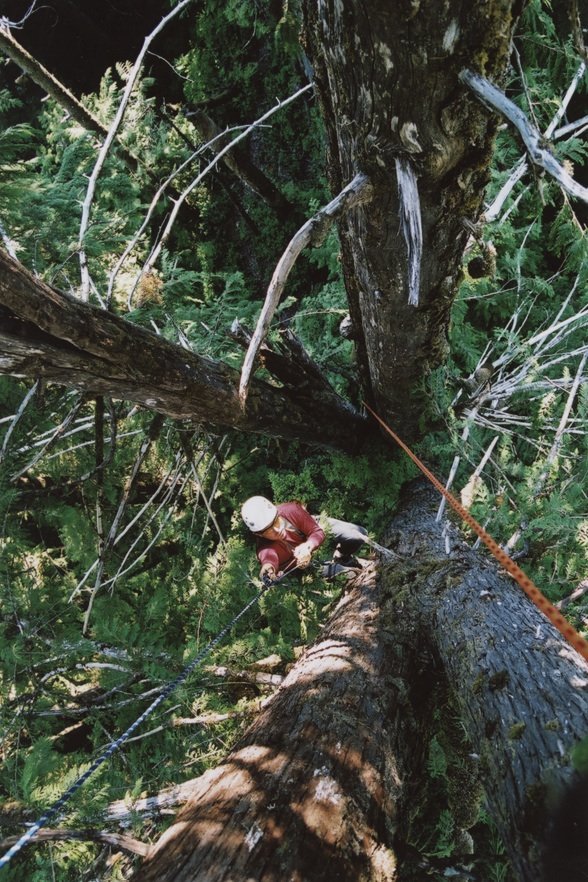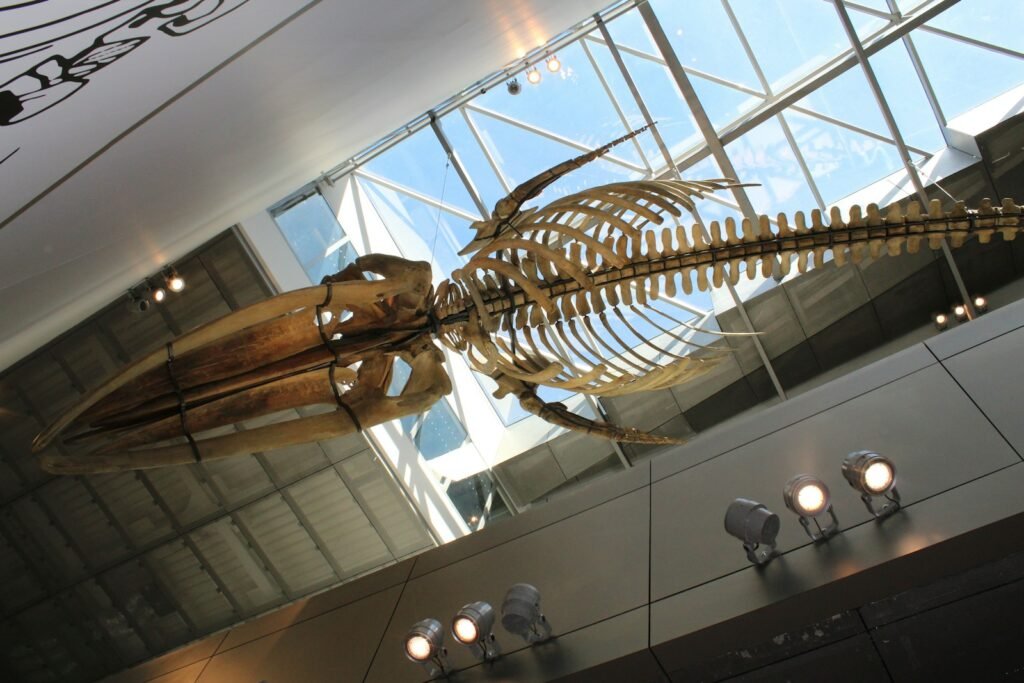Imagine walking through the bustling streets of Brisbane, Australia, only to realize that beneath your feet lies the ghostly imprint of a world that vanished millions of years ago. Beneath the skyscrapers, subways, and parks, scientists have uncovered a buried story—one that tells of a lush, ancient rainforest city, teeming with life so exotic it almost feels like a myth. The rocks and fossils hidden below Brisbane’s modern façade whisper secrets of colossal trees, bizarre creatures, and a climate so different from today’s sun-soaked city that it’s almost hard to believe. This is not just a story of ancient plants and animals; it’s a tale of survival, transformation, and the astonishing power of nature to persist through unimaginable change. Get ready to journey into the depths of Brisbane’s underground forest—where every stone and fossil is a clue to our planet’s wild, forgotten past.
The Hidden World Beneath Brisbane’s Streets
Few people realize that Brisbane is built atop layers of ancient rock, rich with fossilized remains. The city’s foundations are more than just concrete and steel—they’re a patchwork of prehistoric clues. As construction workers dig for new high-rises or subway tunnels, they occasionally stumble upon strange, leaf-shaped impressions or petrified wood. These discoveries are the fingerprints of a rainforest that thrived long before humans ever set foot in Australia. While the city pulses with modern life above, an entire prehistoric ecosystem sleeps below, waiting for curious minds to uncover its mysteries.
When Rainforests Ruled the East Coast
Long before Brisbane became a city, this region was smothered in dense, humid rainforest. Imagine enormous ferns and towering conifers, forming a green cathedral that stretched as far as the eye could see. Scientists believe these forests flourished between 250 and 100 million years ago, during the time when Australia was part of the supercontinent Gondwana. Fossil evidence shows that the climate was much wetter and warmer, allowing rainforests to dominate the landscape. This was a world of constant rain, thick canopies, and a chorus of ancient life humming in the shadows.
Fossil Leaves: Nature’s Ancient Diary
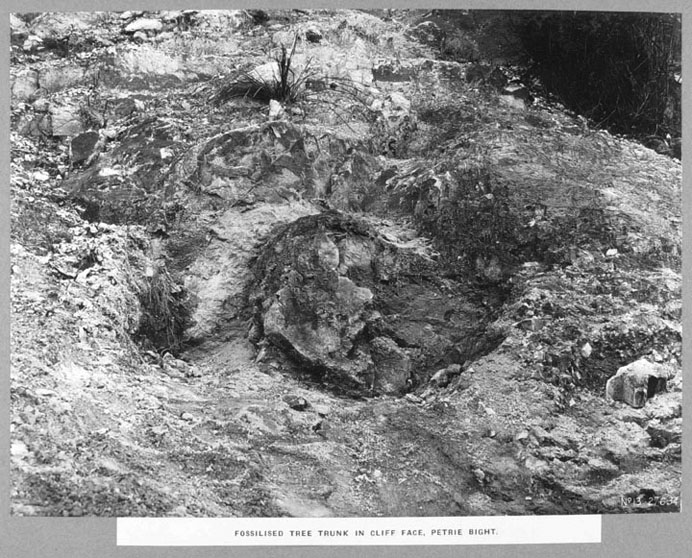
One of the most compelling clues to Brisbane’s rainforest past comes in the form of fossilized leaves. These delicate imprints, preserved in stone, act like pages from nature’s diary. Paleobotanists can study the patterns, shapes, and even microscopic veins of these leaves to identify the plant species that once grew here. Some of the fossils are so perfectly preserved you can almost imagine them fluttering in the prehistoric breeze. Each leaf tells a part of the story—what the climate was like, how plants adapted, and even what kinds of animals might have lived among them.
Giant Ferns and Primeval Trees
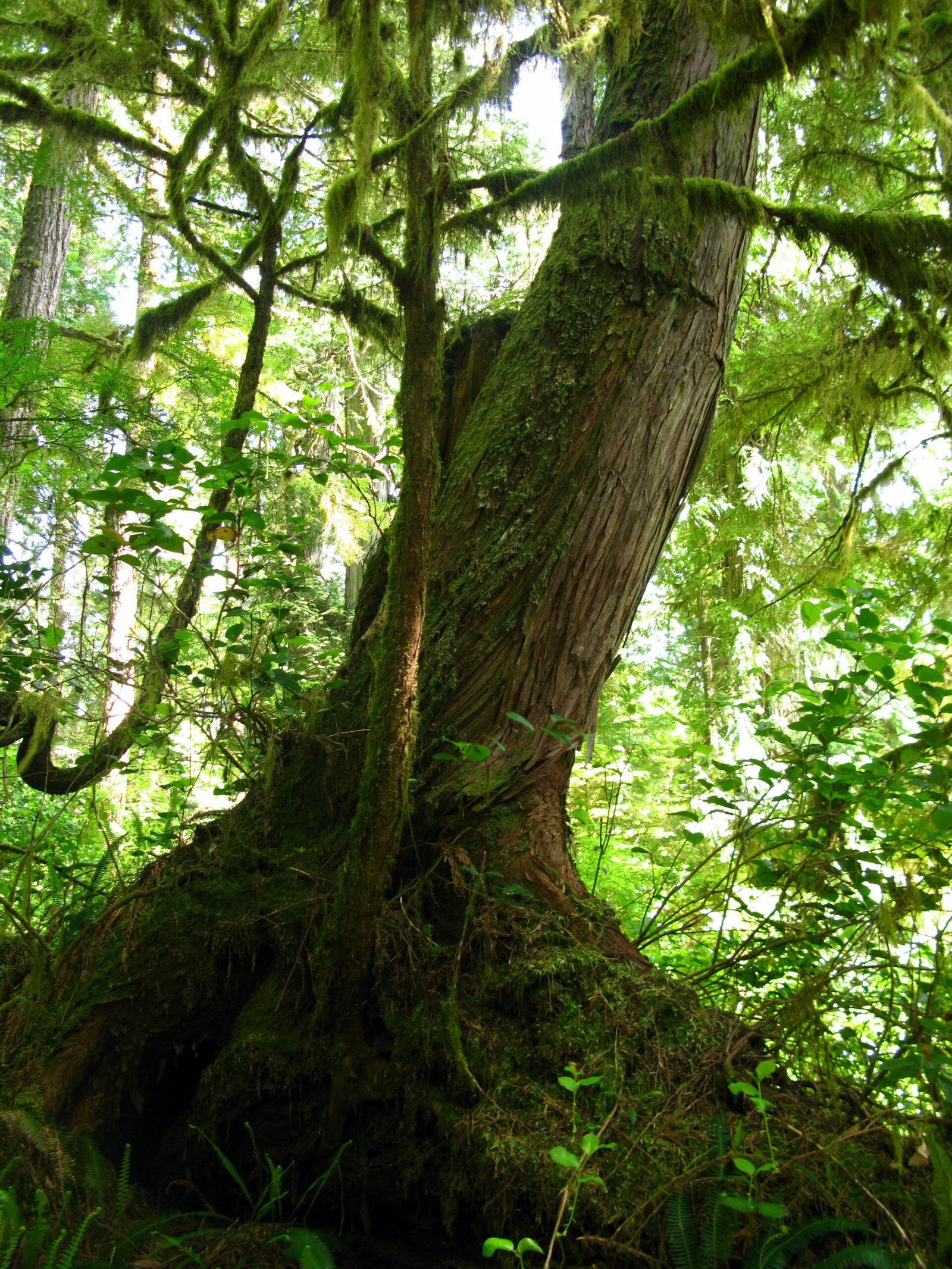
Fossil evidence reveals that Brisbane’s ancient forests were home to giant ferns and towering trees unlike anything growing in the region today. Some tree ferns could reach heights of over 10 meters, their fronds arching gracefully overhead. Early conifers and cycads, relatives of today’s pine trees and sago palms, formed the backbone of these forests. These plants evolved incredible ways to survive in the humid, ever-changing environment, such as thick, waxy leaves and deep, anchoring roots. The sheer scale and diversity of plant life would have made these primeval forests awe-inspiring, even intimidating.
Hidden Clues in Petrified Wood

Petrified wood is another remarkable window into Brisbane’s ancient rainforest. When trees fell and were buried by sediment, minerals slowly seeped in, replacing the organic tissues with stone. Today, these fossilized logs look and feel like rocks, but if you look closely, you can still see the rings and grain of the original tree. By analyzing petrified wood, scientists can uncover details about growth rates, climate changes, and even the frequency of ancient wildfires. These stone trees are silent witnesses to Earth’s dramatic history.
Mysterious Creatures of the Understory
The rainforest was not just a kingdom of plants—strange and wonderful animals also called it home. Fossil burrows and rare bone fragments suggest that early amphibians, reptiles, and insect giants thrived in these damp, shadowy woods. Imagine dragonflies the size of dinner plates and early lizard-like creatures scurrying across the forest floor. The ecosystem was a delicate balance, each creature playing a role in the web of life. While fossils of large animals are rare, the few that have been found point to a world full of surprises and evolutionary experiments.
Rain on Ancient Leaves: The Climate Story
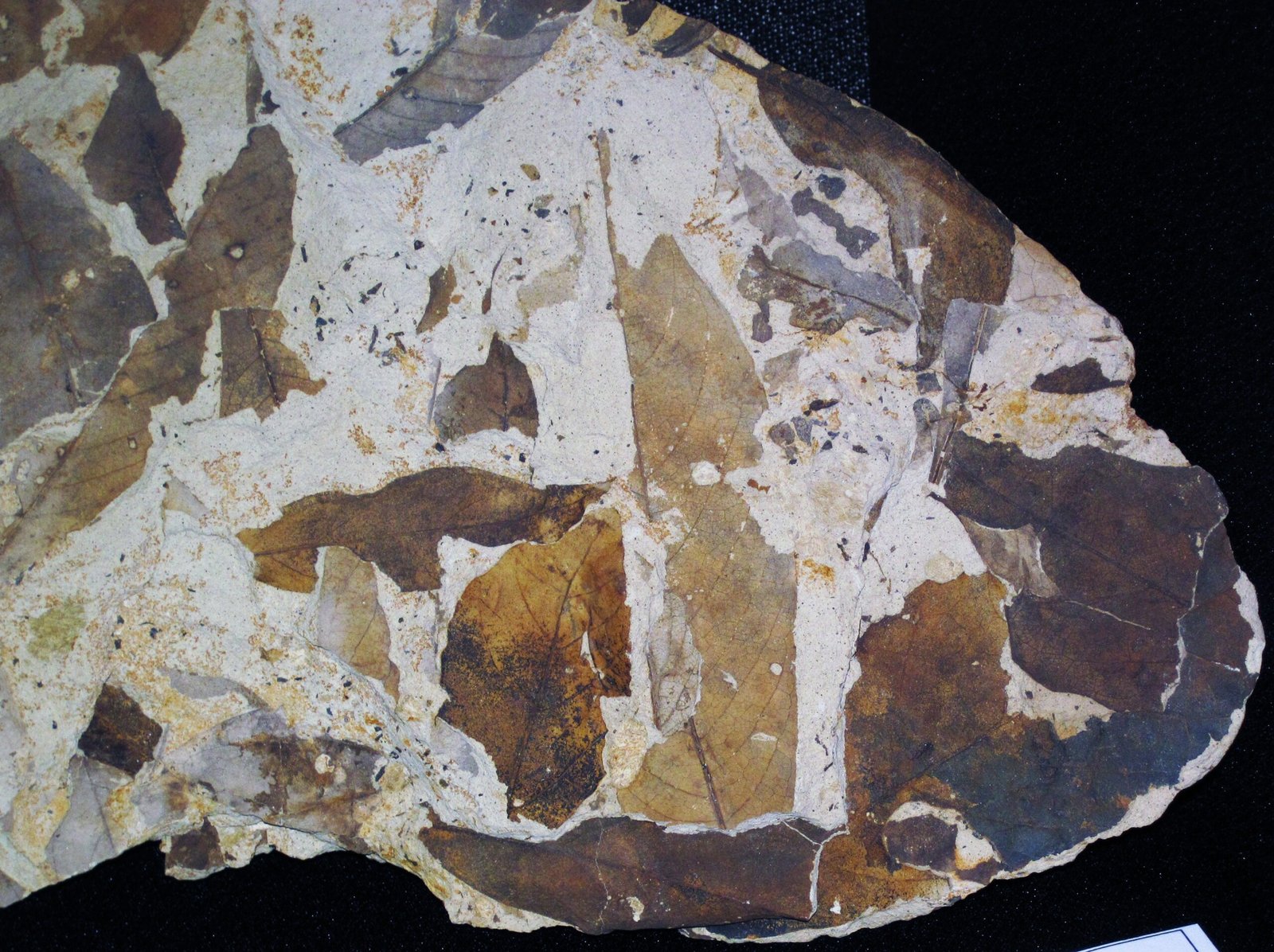
By examining fossil leaves and tree rings, scientists have pieced together a vivid picture of Brisbane’s ancient climate. Evidence suggests the area once experienced heavy, year-round rainfall, creating conditions perfect for rainforests to thrive. Tiny pores on fossil leaves, called stomata, reveal how plants breathed and coped with humidity. This ancient climate contrasts sharply with Brisbane’s modern subtropical weather and hints at dramatic planetary shifts over millions of years. Understanding these changes helps us predict how our current climate might evolve in the future.
Gondwana’s Legacy: A Lost World Revealed
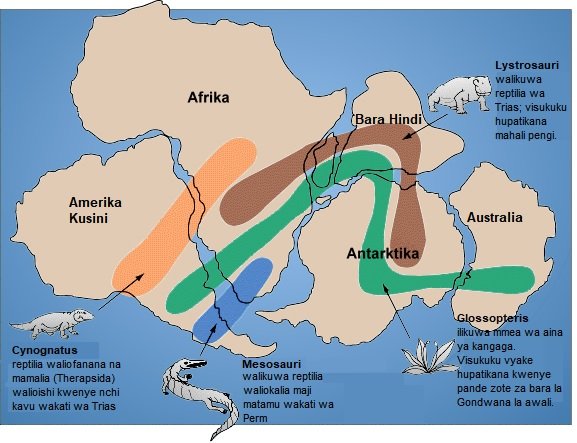
Brisbane’s underground forest isn’t just an isolated relic—it’s a piece of a much larger puzzle. During the age of Gondwana, Australia was joined to Antarctica, South America, and Africa, forming a massive southern supercontinent. Fossils found in Brisbane match those discovered in distant lands, showing that the same types of rainforests once blanketed continents now separated by oceans. This shared legacy connects Brisbane’s past to a global story of shifting continents, drifting landmasses, and the relentless march of time.
Unearthing Fossils: Brisbane’s Paleontological Hotspots
Some of Brisbane’s most exciting fossil finds have been made in ordinary places—road cuts, riverbanks, and even backyard gardens. The Brisbane River, in particular, has yielded a treasure trove of fossilized plant material. Local quarries and construction sites occasionally produce spectacular specimens, prompting scientists to rush in before the evidence is lost. These hotspots have become playgrounds for paleontologists and amateur fossil hunters alike, each discovery adding a new piece to the puzzle of Brisbane’s ancient forest.
Modern Science Meets Ancient Life
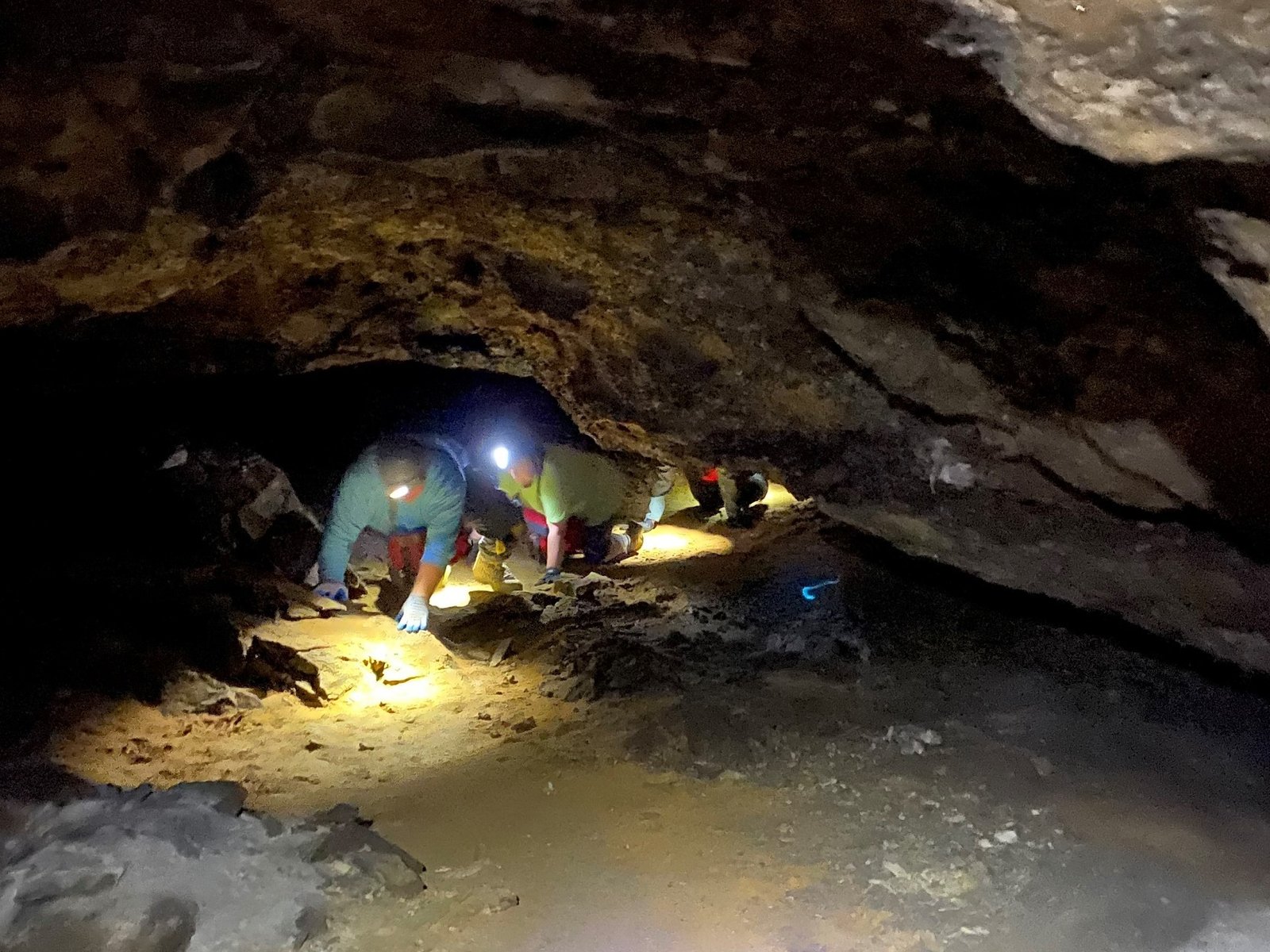
Today’s scientists use cutting-edge technology to unlock the secrets of Brisbane’s fossil forest. High-powered microscopes, CT scans, and chemical analyses reveal details invisible to the naked eye. By comparing fossil plants to living species, researchers can reconstruct entire ecosystems and climate patterns. DNA traces, though rare, sometimes survive in ancient pollen or spores, offering glimpses into the evolutionary relationships between extinct and living plants. This marriage of old and new science brings the past to life in ways our ancestors could only dream of.
Brisbane’s Ancient Rainforest in the Classroom
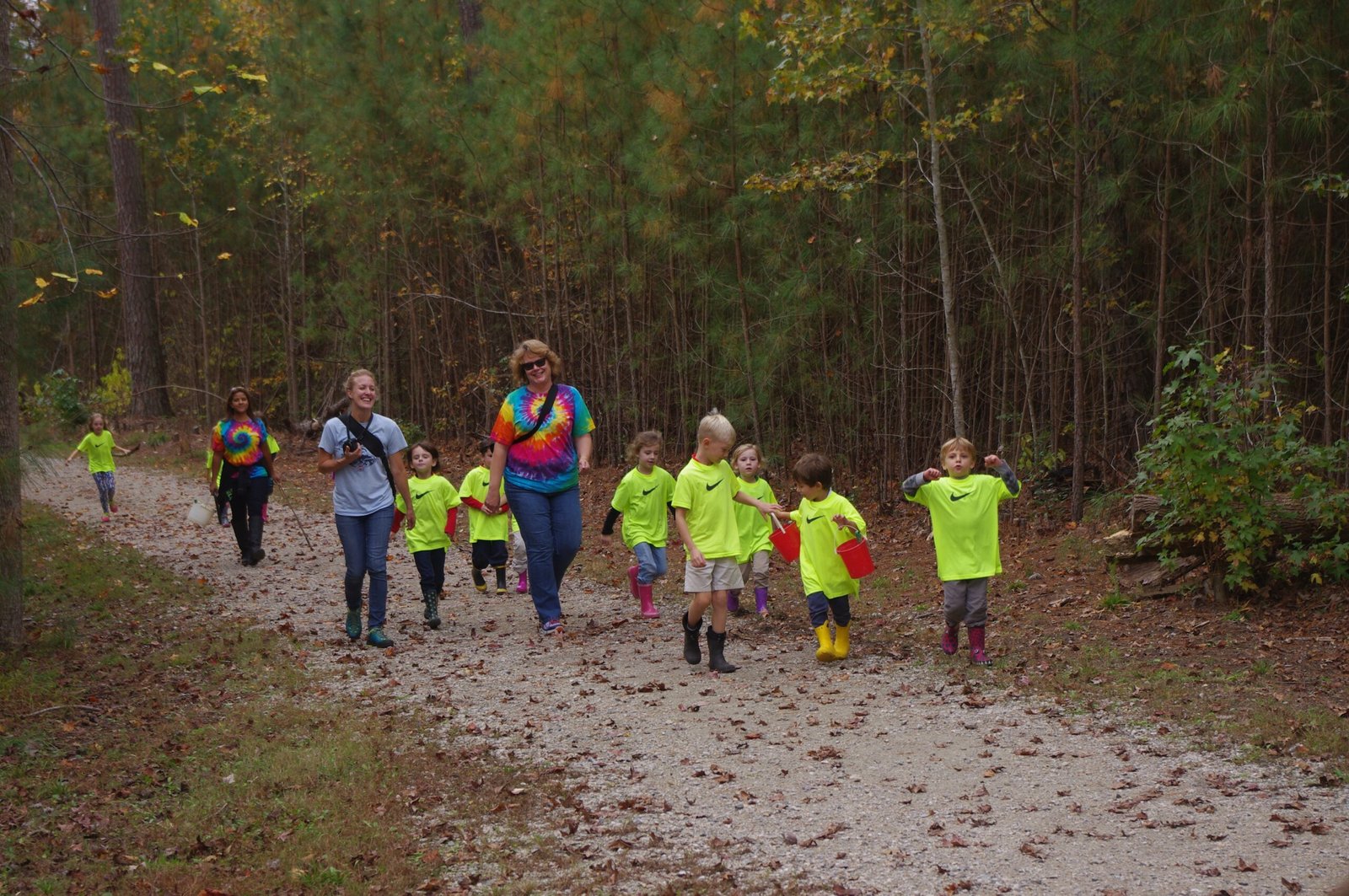
Schools and museums across Brisbane are weaving the story of the underground forest into their lessons. Students study fossil leaves, build models of ancient plants, and visit local dig sites. These hands-on experiences spark curiosity and help young people see science as a living adventure. By learning about the city’s prehistoric roots, children develop a deeper appreciation for Brisbane’s unique natural history and the importance of conservation. Science becomes not just a subject, but a journey into the unknown.
Legacy in the Landscape: Echoes Above Ground

If you know where to look, echoes of the ancient rainforest still linger in modern Brisbane. Remnant patches of subtropical rainforest—like those in Mount Coot-tha and D’Aguilar National Park—harbor descendants of plants that once dominated the region. Walking through these green havens, you might spot living fossils such as cycads and ancient ferns. These surviving species are living bridges to the past, offering a tangible connection to the world preserved beneath our feet.
Climate Change: Lessons from the Fossil Forest
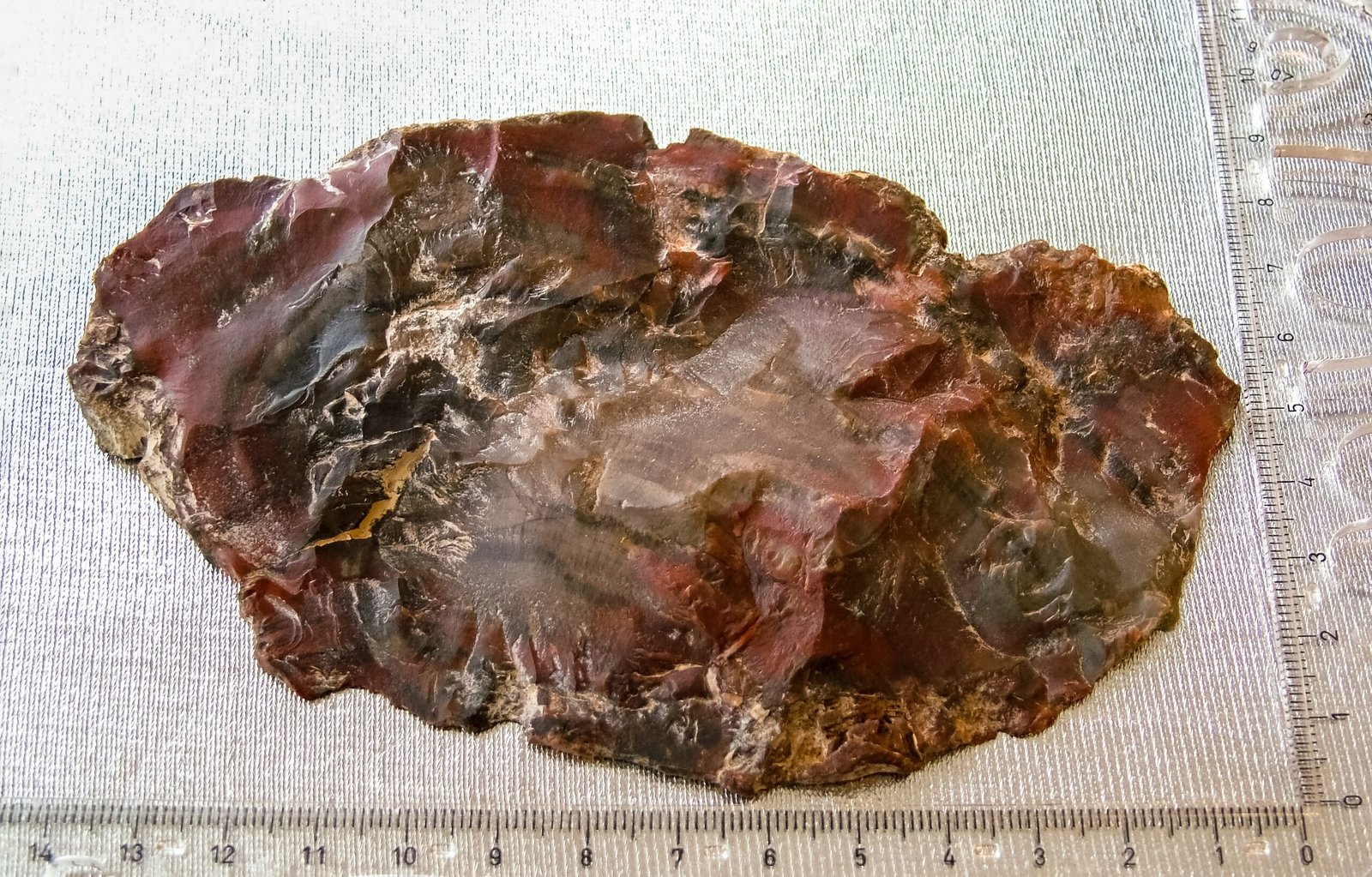
The fossils under Brisbane aren’t just relics—they’re warnings. They show how drastically climate can change over time, transforming rainforests into dry woodlands or grasslands. By studying what happened in the past, scientists can better understand the risks posed by today’s rapid climate shifts. The extinction of ancient plant species and the disappearance of rainforests remind us how fragile ecosystems can be. These lessons urge us to be careful stewards of our environment, lest history repeat itself.
Community Fossil Hunts: Unearthing the Past Together
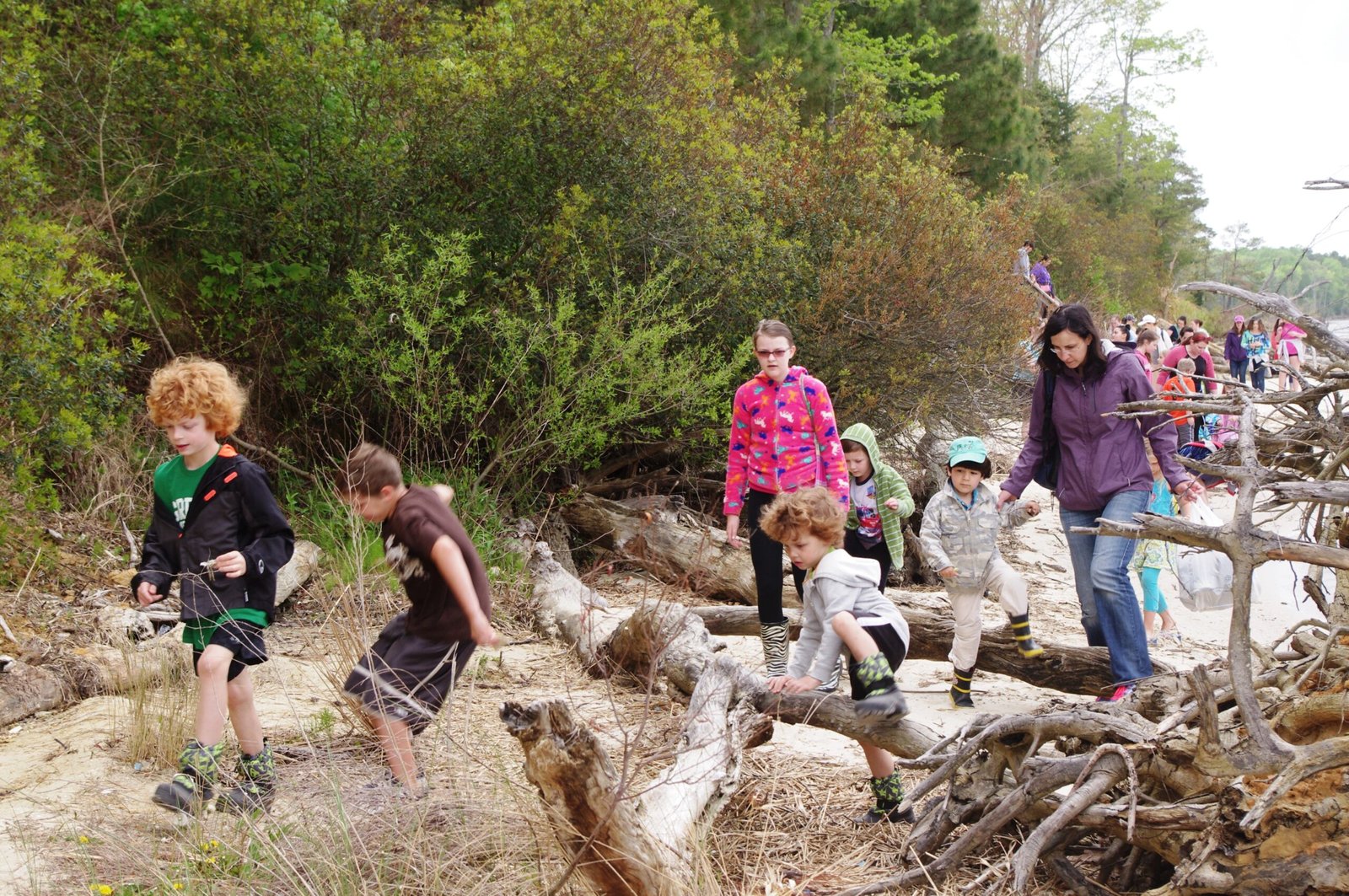
Community fossil hunts have become a beloved Brisbane tradition. Families, students, and curious residents gather at local sites to search for ancient treasures. The thrill of discovering a 100-million-year-old leaf or a piece of petrified wood is unforgettable. These events not only foster a sense of wonder but also connect people to their city’s deep history. Every participant, from amateur to expert, helps add to the growing collection of fossil clues that tell Brisbane’s story.
Preserving the Underground Forest’s Legacy
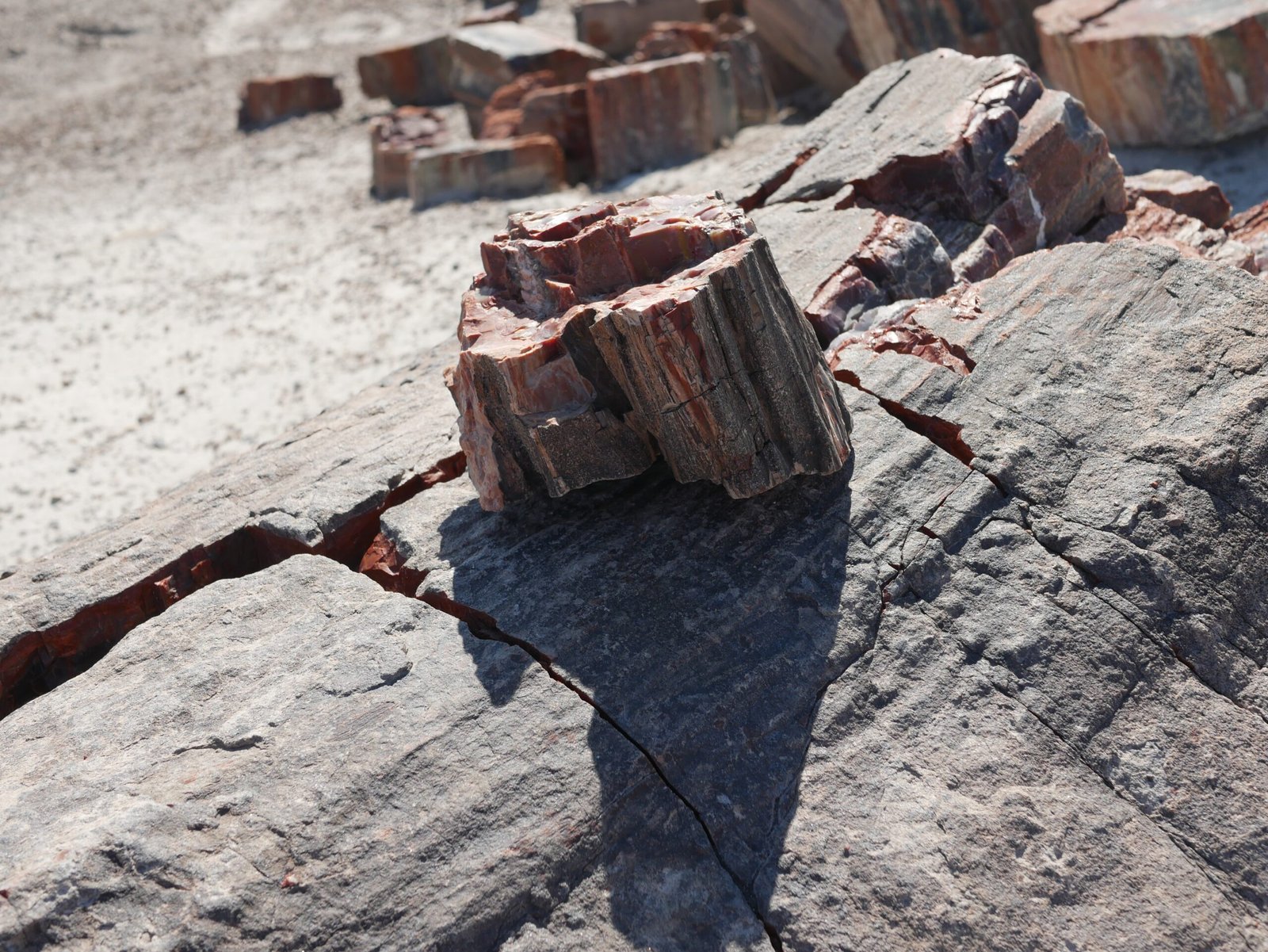
As development accelerates in Brisbane, there’s a growing movement to protect fossil-rich areas. Local councils, scientists, and citizens are working together to document finds before they’re lost to construction or erosion. Museums display the best specimens, while digital archives preserve images and data for future generations. Preserving the underground forest’s legacy is about more than saving rocks—it’s about honoring the ancient world that shaped the land we walk on today.
The Art of Fossil Reconstruction
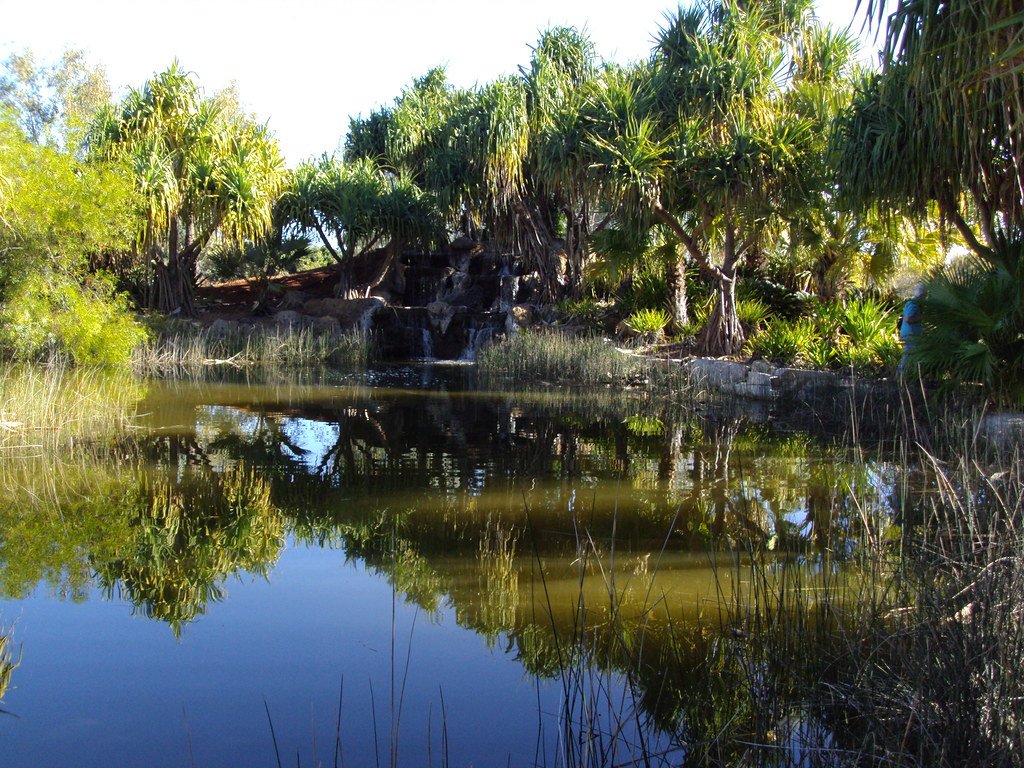
Bringing the underground forest to life requires imagination as well as science. Artists collaborate with paleontologists to create vivid reconstructions, from detailed illustrations to immersive museum exhibits. These artworks help people visualize what Brisbane’s ancient rainforest might have looked like, complete with monstrous ferns and mysterious creatures. The art inspires awe and curiosity, turning scientific findings into stories that captivate people of all ages.
Stories in Stone: Personal Encounters with Fossils
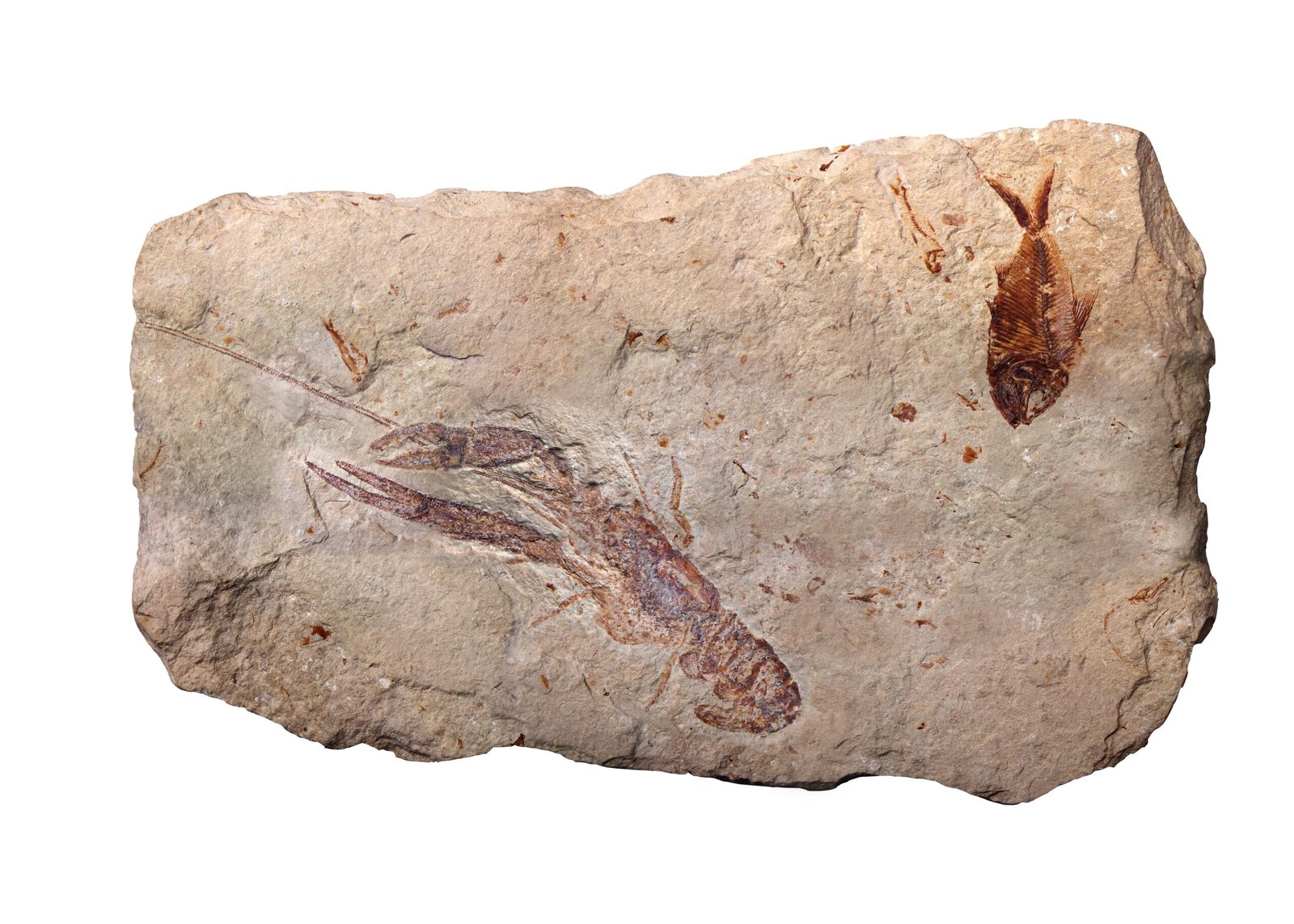
For many Brisbane locals, stumbling upon a fossil is a life-changing moment. One resident recalls finding a perfectly preserved leaf fossil while gardening, feeling as if she’d reached through time. Another, a schoolchild, found a piece of petrified wood during a field trip and became obsessed with paleontology. These personal stories remind us that the underground forest isn’t just a scientific curiosity—it’s a source of wonder, inspiration, and connection for everyone who lives in the city.
Ancient Catastrophes: Fire, Flood, and Renewal
The fossil record reveals that Brisbane’s rainforest faced its share of disasters. Layers of ash and charcoal point to ancient wildfires, while sudden shifts in sediment show the marks of catastrophic floods. Yet, time and again, the forest rebounded, adapting to new challenges. This resilience is a testament to the power of life to endure, even in the face of destruction. It’s a humbling reminder that the world beneath Brisbane has survived storms we can only imagine.
What Lies Beneath: The Future of Fossil Exploration
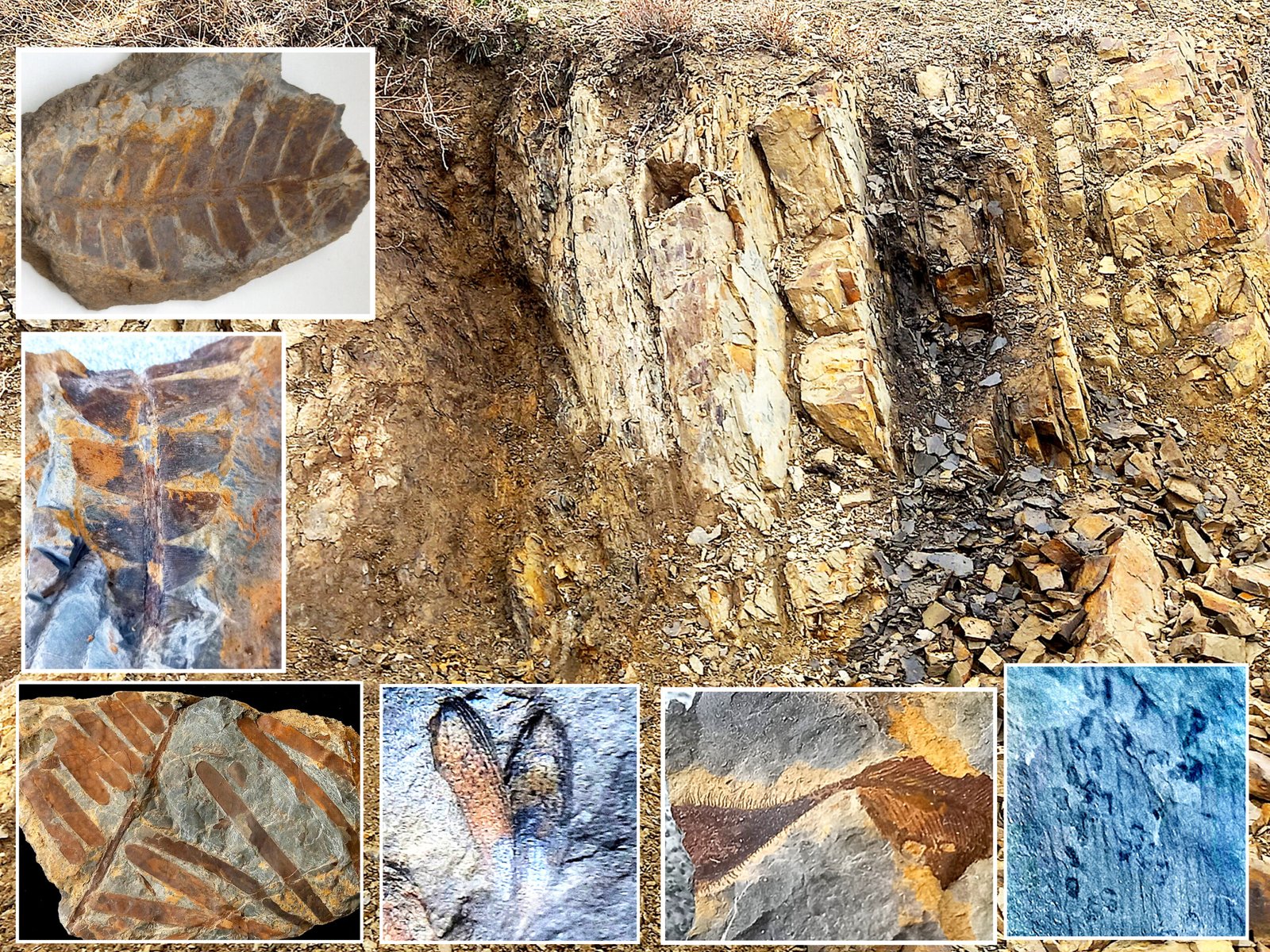
With every new dig, scientists uncover more about Brisbane’s underground forest. Advances in technology promise even greater discoveries in the years to come—perhaps even the remains of unknown species or lost ecosystems. As researchers and citizens continue to explore, the city’s hidden past will keep revealing itself, one fossil at a time. The adventure is far from over; it’s only just beginning.
From Prehistoric Roots to Modern City
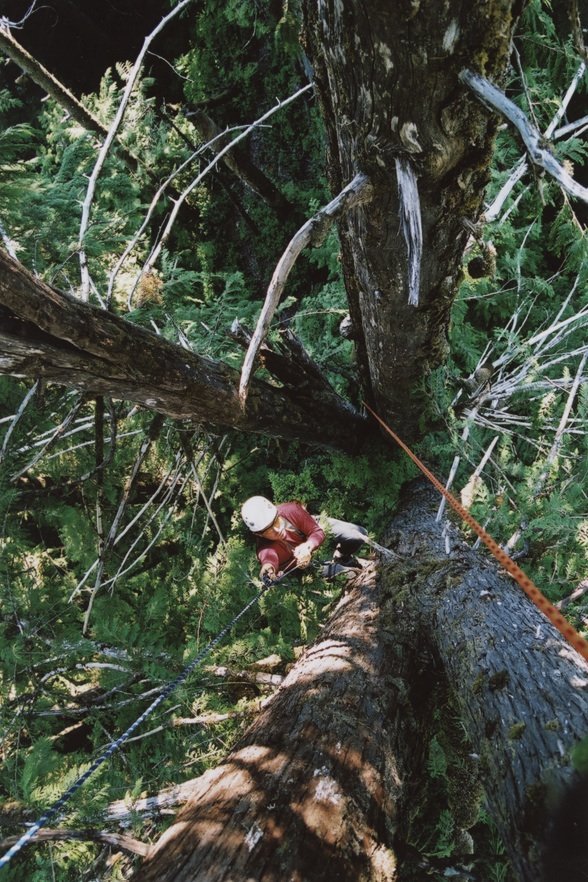
Brisbane’s story is one of transformation—from a steamy, tangled rainforest to a thriving urban landscape. The fossils beneath the city are silent storytellers, reminding us that every patch of pavement or garden bed sits atop the ruins of an ancient world. By listening to these clues, we not only honor the past but also gain insight into our place in Earth’s vast, unfolding drama. The next time you wander Brisbane’s streets, imagine the rainforest city that once was—and wonder what secrets still wait to be unearthed.

